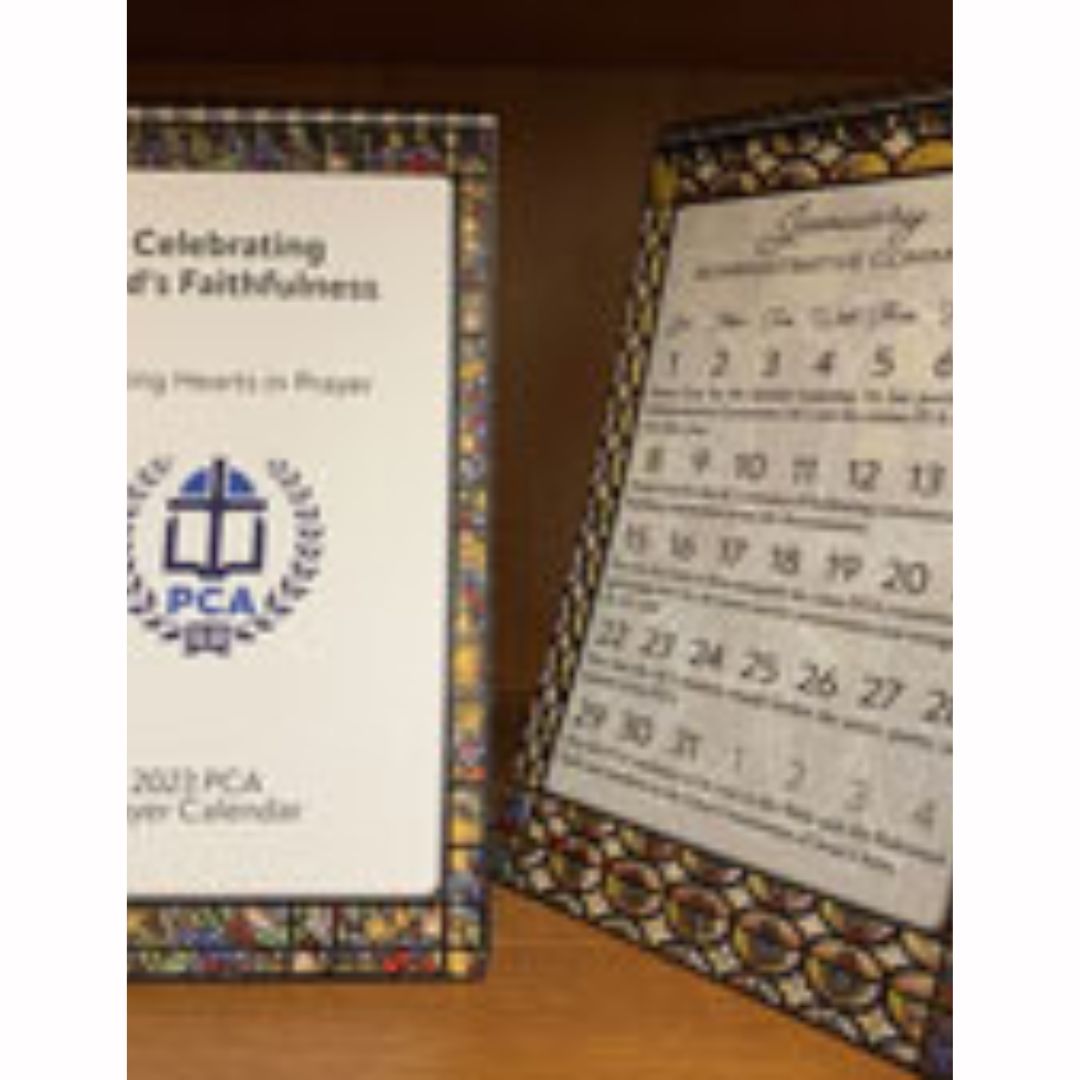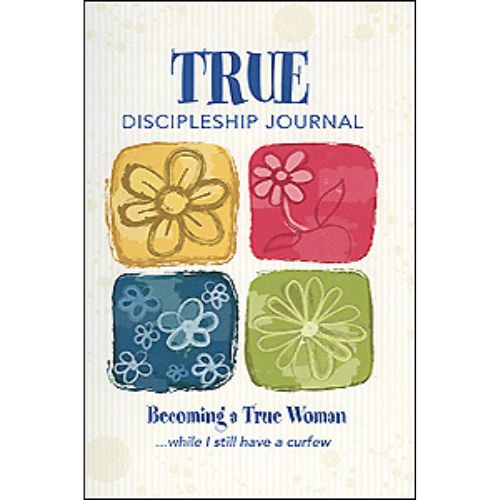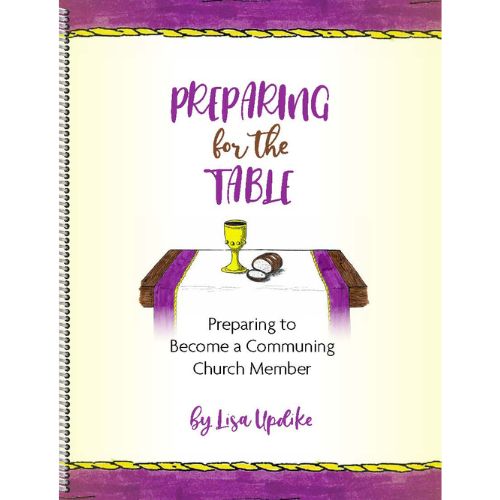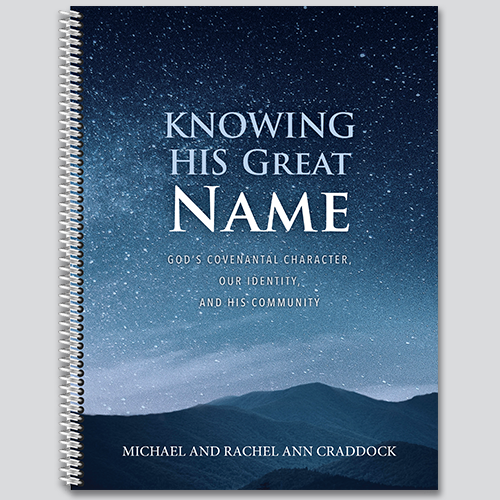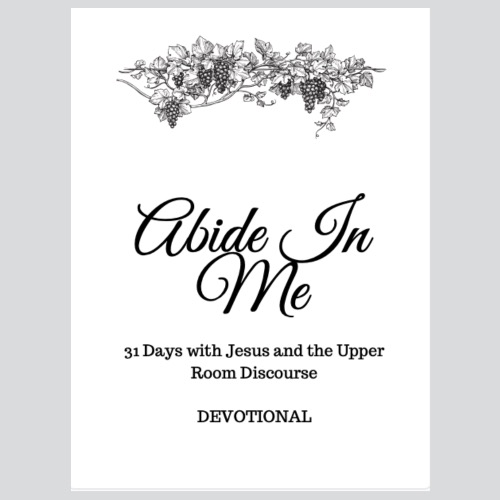Preparing Your Manuscript
CDM’s vision is to strengthen the Church by providing biblical resources that promote a Reformed worldview anchored in the inerrant Word of God, centered on the gospel, and in agreement with the doctrines taught in the Westminster Confession of Faith. Due to the unique nature of our ministry to promote discipleship in the local church, we are very selective in the resources we publish.
In order to publish resources that are most helpful to those in the local church, CDM has a review process for all resources submitted to us, especially those with doctrinal content. Below are some general guidelines for all manuscripts that are submitted for review.
We recommend you print this page.
STYLE & COMPOSITION
We recommend two superb style manuals. Though secular, both are classic models of clear, concise, colorful writing.
Strunk, William, Jr., and E.B. White. The Elements of Style. 4th ed. New York: Macmillan, 1999.
Zinsser, William. On Writing Well: An Informal Guide to Writing Nonfiction. 5th ed. New York: Harper Collins, 1994.
FORMATTING BASICS
The following guidelines will help you prepare your book for submission. These are especially important for writing citations correctly.
- Style Guidelines Resources:
The Chicago Manual of Style, 17th edition
The Christian Writer’s Manual of Style
The SBL Handbook of Style
2. Manuscripts should be prepared in a word processing program compatible with Microsoft Word and should have at least one-inch margins on 8 1/2-by-11-inch pages.
3. Manuscripts should be simply formatted. (Accepted resources will later receive professional page design. You aren’t there yet.) Submitted resources need only distinguish the levels of subheading within chapters (no more than three), extracts versus text, and other basic elements of the book. If these elements are easily identifiable and referenced, that will simplify editing, design and formatting later.
4. Manuscripts should be a single document (not multiple files).
5. Manuscript Format Guidelines
Font: Times New Roman, Calibri, Arial, or Cambria
Alignment: Left Justified
No headers or page numbers. This interferes with final formatting.
Title Page
Title: Bold, Small Caps, 28 pt
Subtitle & Author: 18 pt
Publishing Information: Please indicate translations other than ESV used within the text
Table of Contents & Introductions
Title: Bold, 18 pt
Chapter Titles: 14 pt
Interior
Chapter Titles: Bold, Small Caps, 16 pt
All chapters begin on odd, right hand pages
Text: 12 pt
SCRIPTURE QUOTATIONS AND REFERENCES
- English Standard Version of the Bible is preferred. If you use another translation (I.e., if the ESV does not reflect accurately the meaning of the original text), you must note which one you are using. Avoid switching back and forth between various translations. Please do not use a paraphrase version except in a very limited way for illustrative purposes.
- Please note the following form when quoting Scripture: “Be still, and know that I am God” (Psalm 46:10). Punctuation follows the parentheses containing the Scripture reference. For block quotations (quotations of 4 or more lines), closing punctuation falls at the end of the verse, not the end of the reference.
- Authors are responsible for checking the accuracy of all Scripture references, as well as the precise wording, punctuation, and capitalization of all Scripture quotations.
RIGHTS AND PERMISSIONS
Authors are responsible for obtaining permission to use copyrighted material of more than 250 words or any graphics or tables. This includes any graphics or tables. If you believe the material is public domain, please note that it is. While all quoted material should be documented, short excerpts from a larger work may fall within the legal boundaries of “fair use” and not require written permission. All quotations and paraphrases and use of another’s idea MUST be cited in the correct format. (See https://www.chicagomanualofstyle.org/book/ed17/part3/ch14/toc.html and https://www.chicagomanualofstyle.org/book/ed17/part3/ch15/toc.html). Reference The Chicago Manual of Style, 17th edition for more information.
STUDY QUESTIONS EVALUATION:
There are several ways of evaluating study questions. From an educational viewpoint, we want to make sure that questions are not lower level questions, but rather move the learner up the scale towards higher critical thinking.
Bloom’s Taxonomy Pyramid below will help you understand what we want. Keep in mind that the lowest level of knowledge—being able to repeat content—is necessary as a foundation, but it is not adequate for real learning beyond basics.
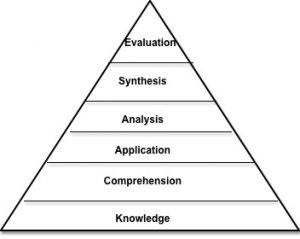
The goal of our resources is to strengthen the church by changed lives, therefore, our resources include an intentional focus on evaluation, synthesis, analysis, and application.
Asking the right questions begins with having a Covenantal Understanding of the Bible. This means we do not begin asking questions about us. For example: we don’t begin by asking the three questions many of us were taught to ask: “What does the text say?”; “What does the text mean?”; and “What does it mean to me?” Following are examples of what must be asked:
- The Bible is God’s self-revelation; therefore, what does this passage teach me/us about God?
- God reveals Himself through His Son, the Mediator of the covenant; therefore, what do I/we learn about Christ?
- God reveals Himself as the covenant-making and covenant-keeping God; therefore, what does God teach about Himself in His covenant with His people, including their/my privileges and responsibilities related to the covenant?
- How does this specific passage of Scripture fit into God’s self-revelation through His covenantal story of redemption and restoration?
- As a result of what I have discovered, what will I do with this information in my life today? This week? This month?
The Bible is a revelation of God to us about HIM. We must always start with Him.

